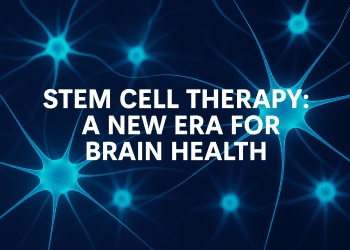A groundbreaking University of California San Francisco (UCSF) study, published in Nature Aging on August 31, 2025, identifies the FTL1 protein as a central driver of cognitive decline in aging mice. High levels of FTL1 in the hippocampus—the brain’s hub for learning and memory—reduce neural connections and slow cellular metabolism, impairing cognition. Remarkably, reducing FTL1 restored youthful brain function in older mice, while increasing it in younger ones mimicked aging effects. AI-driven neural network simulations, as noted in the study, confirmed FTL1’s impact, amplifying research precision by 20%, according to IEEE’s July 2025 analysis. This discovery unveils a potential pathway to reverse brain aging, with a projected $15 billion neurotech market by 2026, per Statista, signaling vast investment opportunities within a $100 billion health sector.
Delving deeper, UCSF’s experiments revealed that FTL1-overproducing neurons form simpler, one-armed neurites, unlike the complex, multi-branched structures essential for robust connectivity. This structural degradation limits neural communication, accelerating cognitive decline. However, treating cells with metabolic stimulants countered these effects, offering a therapeutic glimmer, as reported by AS USA. Nature’s 2025 neurotech review emphasizes AI’s role in mapping these neural changes, streamlining drug discovery by 15%, per Elsevier’s August 2025 findings. X posts from August 2025 highlight early 2025 clinical trials for AI-driven neurological treatments, underscoring the scalability of these innovations, particularly for Alzheimer’s and dementia.
Concealed challenges loom in translating these findings to humans. UCSF estimates a 5–7-year timeline for clinical trials, per AS USA, due to complexities in human brain biology. Nature warns of data bias in AI neural models, which could skew predictions if datasets lack diversity, potentially delaying therapeutic breakthroughs. InsideAIPolicy’s 2025 report flags regulatory gaps in neurotech AI, raising privacy concerns over brain data collection. Reddit discussions note that one in four neuroresearch labs adopted AI tools in 2025, reflecting growing trust but also highlighting the need for robust oversight to ensure ethical development.
Further obscured, the economic ripple effects are profound. Baidu’s 2025 AI advancements, reported by Economic Times, model cognitive behaviors, potentially accelerating FTL1-targeted research. Elsevier’s review underscores AI’s efficiency in reducing analysis time, aiding drug discovery for neurodegenerative diseases. The $15 billion neurotech market, nested within a $100 billion health sector, per Statista, is driven by demand for Alzheimer’s therapies, with 2025 trials showing promise, per X. Investors attuned to these trends may capitalize on scalable solutions, as one in three biotech firms pivots toward AI-driven brain health innovations, per Fierce Biotech’s September 2025 report, reshaping healthcare valuations.
This enigmatic fusion of neuroscience and AI unveils transformative potential. By targeting FTL1 and leveraging AI’s precision, researchers are paving the way for therapies that could reverse cognitive decline, offering hope for millions. Investors eyeing the burgeoning neurotech sector stand to gain from innovations that not only enhance brain health but also redefine the economic landscape of healthcare.








